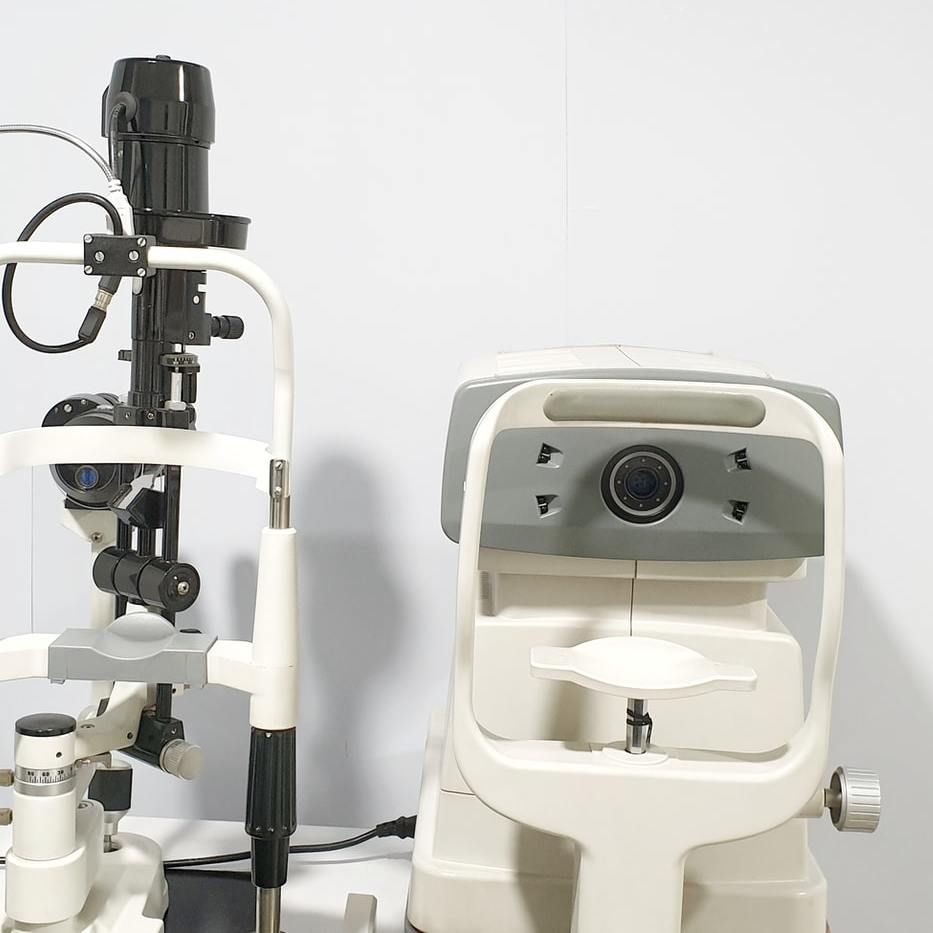Article
Anti-VEGF Therapy Improves Vision Complications of Myopic Macular Neovascularization
Author(s):
However, vision is no longer significantly improved after 4 years of using anti-VEGF therapies.

New findings suggest the vision threatening complications of myopic macular neovascularization can effectively be treated with anti–vascular endothelial growth factor (anti-VEGF) therapy.
Investigators noted, however, that the vision is no longer significantly improved after 4 years of using anti-VEGF therapies.
“Patients should be monitored since recurrences occur and especially young patients are at risk of second eye involvement,” wrote study author Suzanne Yzer, Department of Ophthalmology, RadboudUMC, Nijmegen and Rotterdam Ophthalmic Institute, Rotterdam Eye Hospital.
The findings were presented at the 2022 Netherlands Ophthalmological Society Annual Congress.
In this retrospective study, Yzer and colleagues investigated the long-term treatment effects on myopic macular neovascularization in a large European cohort. They investigated visual outcome, recurrence rate, and the chance of second eye involvement.
A total of 98 eyes of 87 consecutive patients with European descent with myopic macular neovascularization were investigated in the study. Registered factors included the number of intravitreal anti-VEGF injections, the number of recurrences, the change of second eye involvement, and the final visual outcome. Investigators followed patients from their first anti-VEGF injections up to 12 years.
The data show the mean age of myopic macular neovascularization onset was 57 years and the mean spherical equivalent was -14D. Investigators noted myopic macular neovascularization was effectively treated with anti-VEGF at a median of 2 injections.
Although the treatment initially improved best corrected visual acuity (BCVA) (P <.001), after 48 months, BCVA was no longer significantly better than before treatment (P = 0.5). The findings suggest more than half of the cases experienced a recurrence within a 10-year follow-up period.
Moreover, a total of 22 (25%) fellow eyes developed myopic macular neovascularization after an average of 5.7 years. An age of 40 years or younger significantly increased the risk for bilateral myopic neovascularization (hazard ratio [HR], 4.5; 95% CI, 1.4 - 13.9; P = .008), according to the investigators.
“Chorioretinal atrophy and lacquer cracks in the fellow eye at baseline were not significant predictors,” Yzer noted.
The study, “Myopic Macular Neovascularization: a long-term follow-up in a large European cohort,” was presented at NOG 2022.





